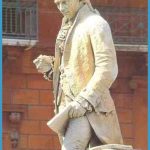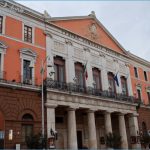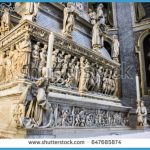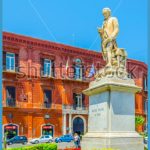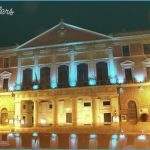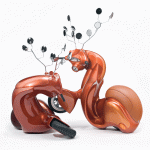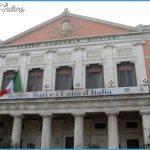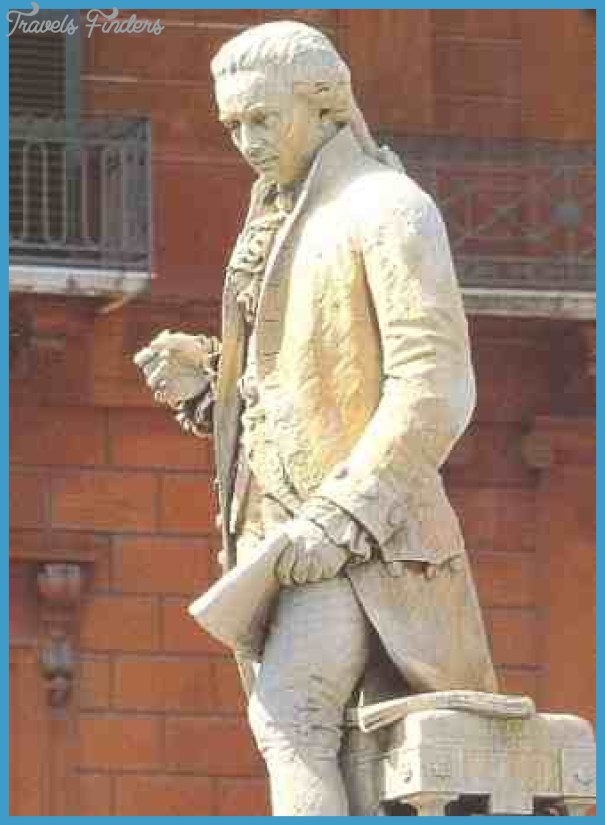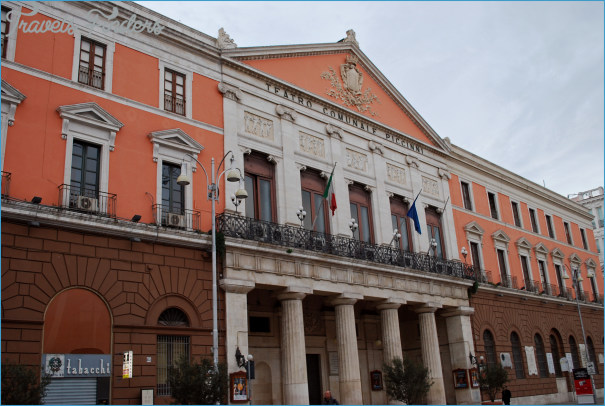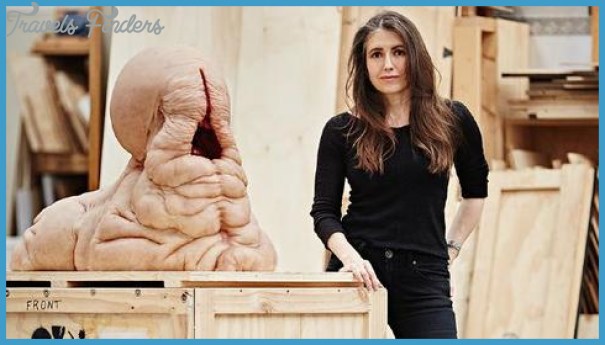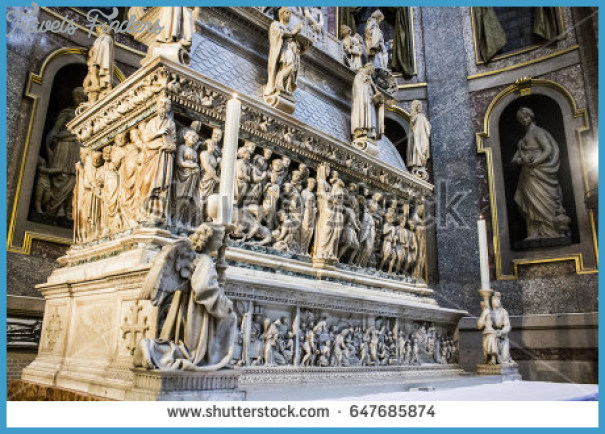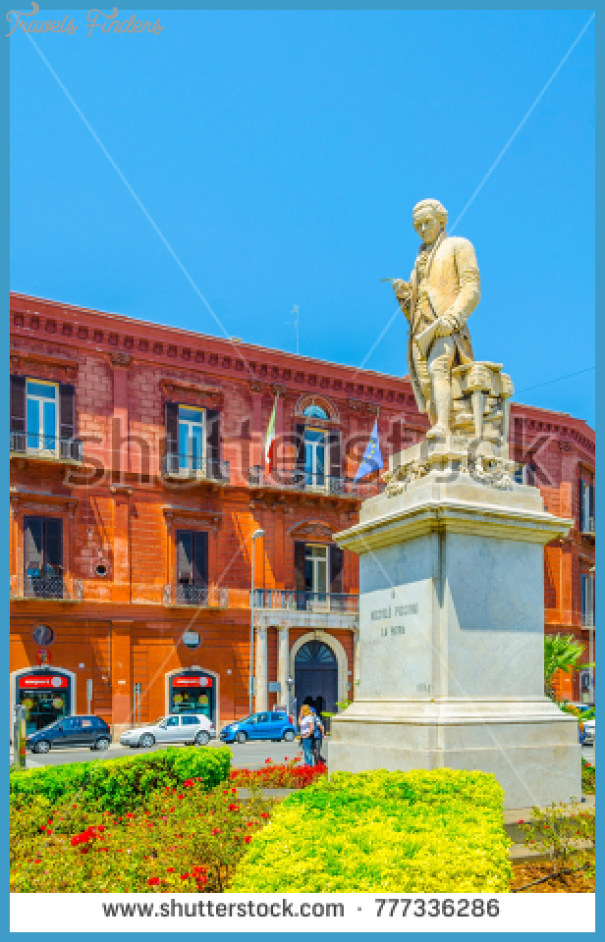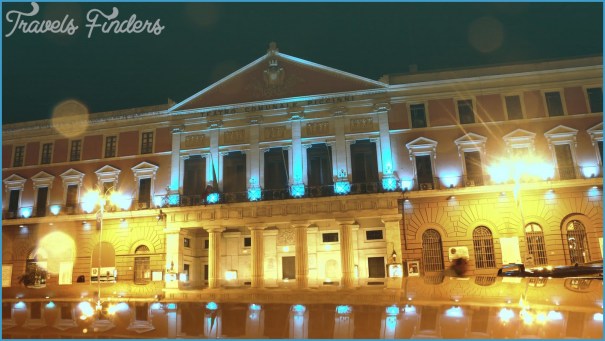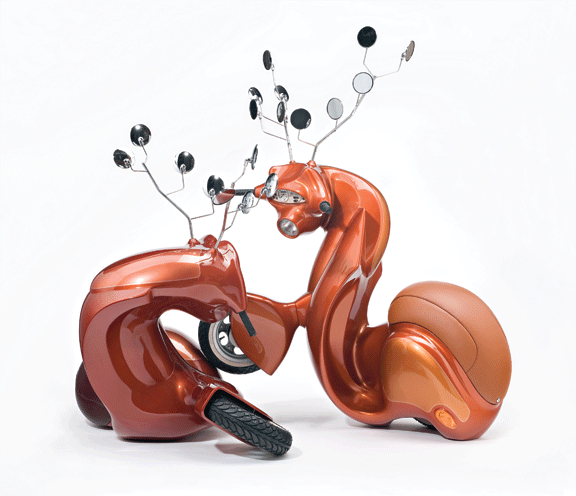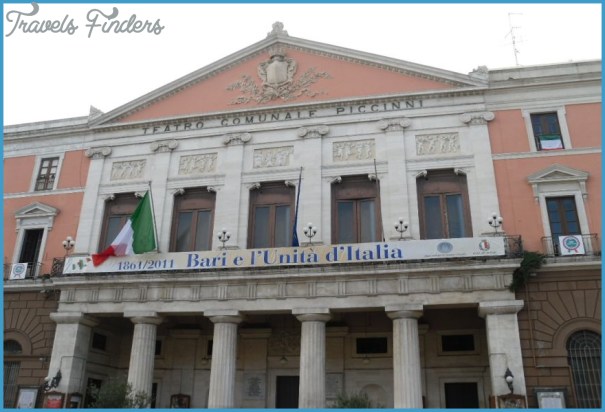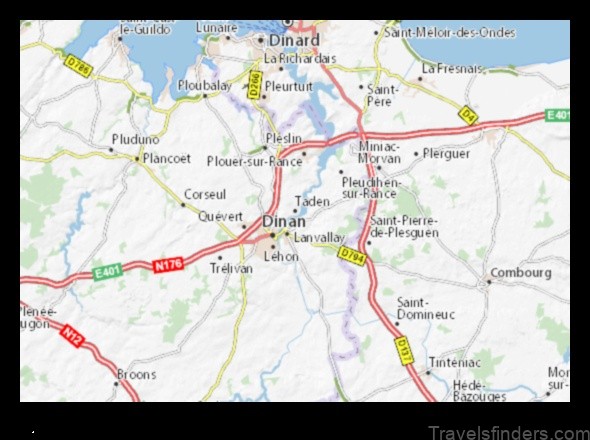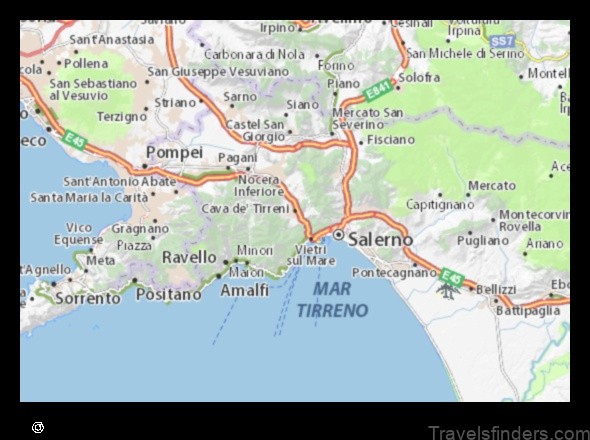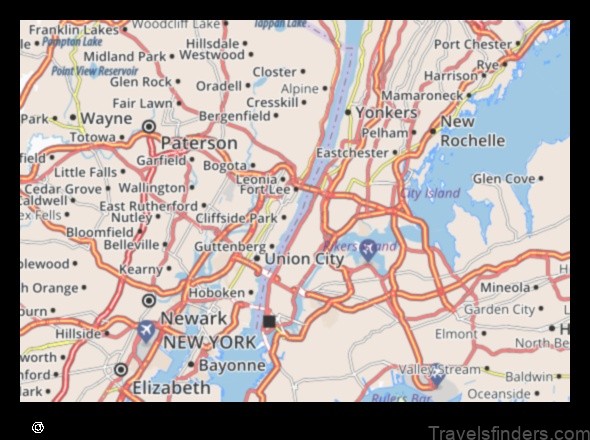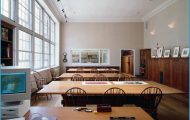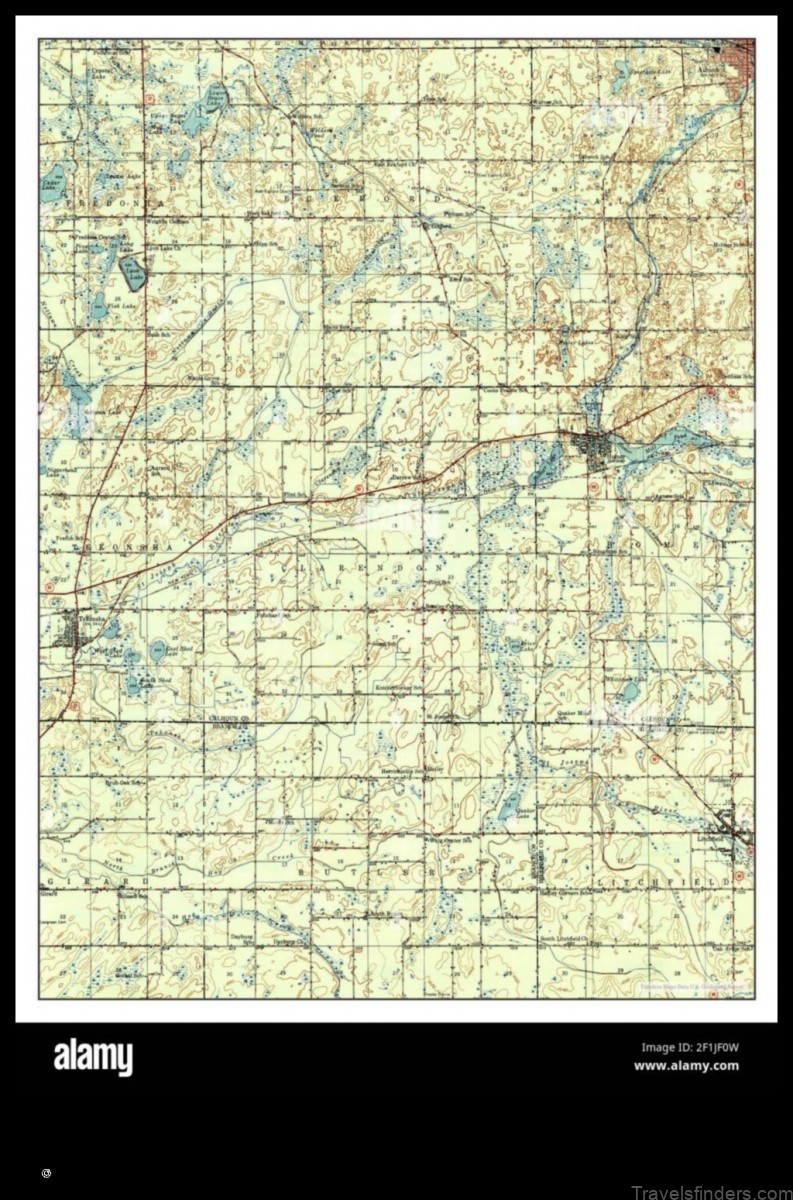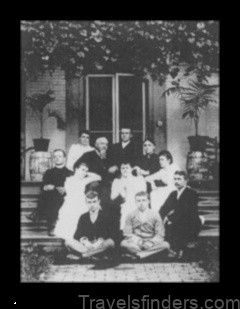PICCINNI MUSEUM
South-eastern Italy saw the birth of several of the most important Italian opera composers of the later 18th century, but these men are generally regarded as Neapolitans because it was in Naples that they were trained and had their operatic baptisms. One of them is Niccolo Piccinni. Piccinni was born in 1728 in the Adriatic port of Bari, the main city of Puglia, nowadays sometimes dubbed the Milan of the south, and a sort of eastern counterpart to Naples. There he began his career; it soon took him to Rome, and in 1776 to Paris, where (unwillingly) he was put up as a rival to Gluck. His fortunes were mixed. An enormously prolific opera composer, he was especially admired for his early La buona figliuola, a sentimental comedy after Samuel Richardson’s Pamela, but his serious work, in both Italian and French, is of considerable stature and very skil- fully written. He got caught up in the political turmoils of the time and died, impoverished, near Paris in 1800. He was honoured in his native city on his centenary by the erection of a statue in a square, the Piazza Massari, on the Corso Vittorio Emanuele, and in 1999, in good time for his bicentenary, by the opening of the Casa Piccinni. His origins were humble. His father was a church violinist, his mother the sister of the composer Gaetano Latilla. He was born in the basso, the ground-floor room, rented by the family from the fathers of St Theresa, of a house in a corner of a large square (the Piazza Mercantile).
PICCINNI MUSEUM Photo Gallery
It is in what is now called the Alta Citta, the old city – then simply the city of Bari; on a large promontory, today it survives virtually intact, little changed since medieval or Renaissance times. The building was acquired by the municipality in 1954 and in 1982 restoration began, as part of the revitalization of the old city. The building is now shared between the Piccinni house museum and the research and the early music departments and the library of Bari Conservatory (the Conservatorio di Musica Niccolo Piccinni’, which administers the Casa Piccinni). The ground-floor room looking on to the piazza is used for lectures and recitals; behind it, beyond a smaller room that is to become a sound archive, lies the modest-sized room in which the Piccinni family lived. The museum proper is entered from the side, up a flight of steps from a narrow alley, Vico Fiscardi. Its exhibition rooms are curiously shaped as the central one of the three falls within a square tower, part of the original 12th-century building: there are thus archways linking the rooms. In them are displays of Piccinni scores, principally in French publications (opera was rarely printed in Italy in Piccinni’s time), a libretto of the Antigono of his uncle, Latilla, and several portrayals of the man himself – he is generally shown with a gentle, slightly ironic smile, rare among 18th-century composers, and surely significant. A set of informative display The Piccinni statue, Bari boards on Piccinni and his contemporaries is shown in a room on the next floor, although the room is also used for special exhibitions (at the time of our visit, there was one of 18th-century theatrical machinery).

